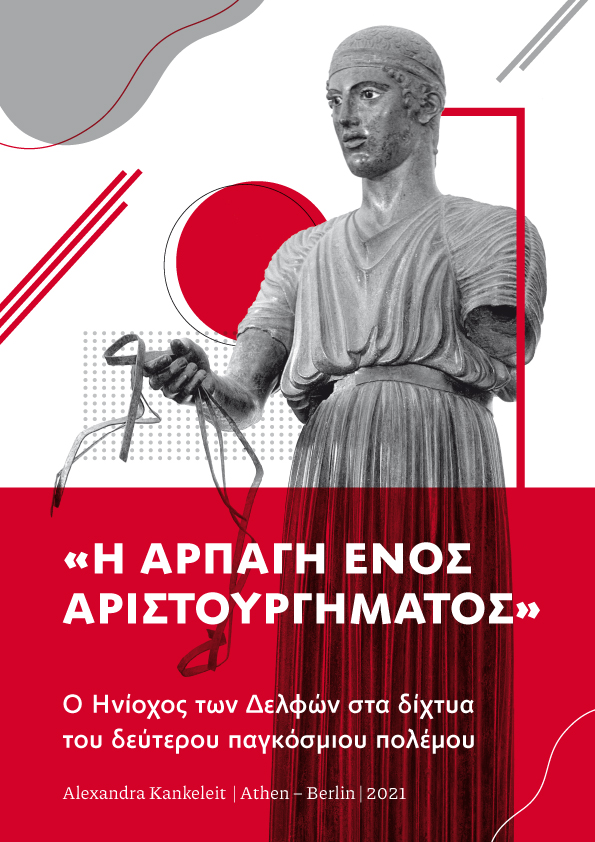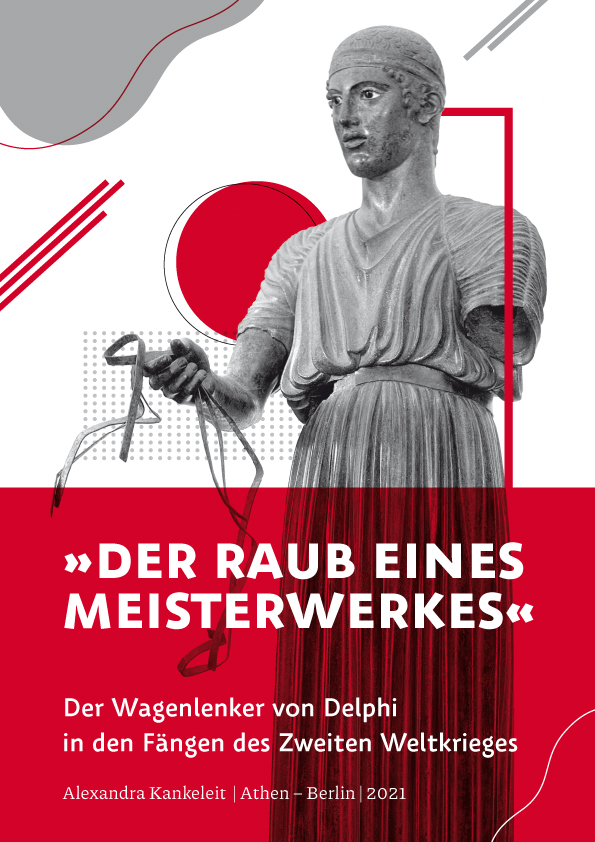The Charioteer of Delphi is one of the best preserved and most important bronze statues of ancient Greece. Since its discovery in 1896, it has been one of the main attractions of the Greek oracle sanctuary of Delphi. As a symbol of Greece’s eventful history, it is a frequently recurring motif in literature, film and the visual arts.
During the Second World War, the Charioteer of Delphi went through various phases, which will be illuminated by means of selected documents in my text. In 1940, the outbreak of the Second World War and the escalating conflict with the Italian government led to a stop of excavations and protective measures being ordered in all museums throughout Greece. Like most outstanding works of art, the Charioteer was to be hidden in a bomb-proof location. When the German Wehrmacht invaded Greece in April 1941, it was located in a cave not far from the ancient district of Delphi.
In 1941, Greece was divided into three occupation zones. Accordingly, Bulgaria ruled the northeast of Greece. Italy was responsible for central Greece, the Ionian Islands and the Peloponnese. Athens and Thessaloniki, several Aegean islands and over half of Crete were in German hands.
Delphi belonged to the Italian occupation zone from 1941 to 1943. Nevertheless, the German “Kunstschutz” (department of art protection) under the leadership of the archaeologist Wilhelm Kraiker instructed that the charioteer be removed from its hiding place in 1942 and transported to Athens with the support of the Wehrmacht. This led to some uproar among the Greek population, as contemporary press releases indicate. In the National Museum of Athens, the charioteer was to be cleaned and restored at the expense of the Greek state while it was still under occupation. However, the occupation period (until 1944) and the Greek Civil War (until 1949) meant that the bronze statue had to remain in Athens for over 9 years. Only in 1951, after the restoration was completed, it could be brought back to Delphi, where since then it has been a point of attraction for researchers and tourists from all over the world.

